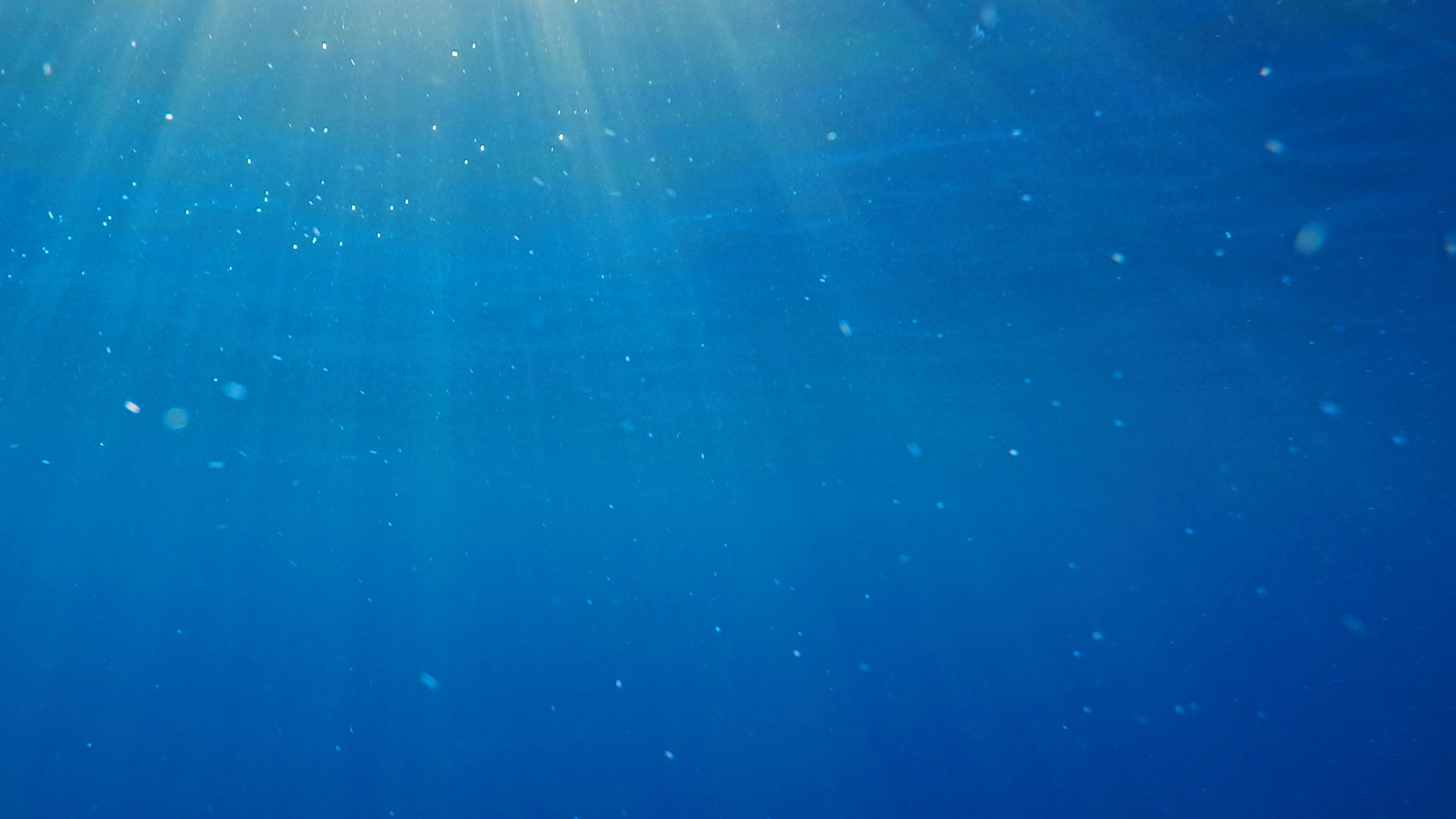The Mediterranean is a biodiversity hotspot, a place where the richness and variety of environments and life forms are among the highest and, unfortunately, among the most threatened in the world.
The northern Tyrrhenian Sea and the seas of the Tuscan Archipelago, in particular, are home to countless precious, and sometimes nique marine organisms. This abundance of habitats and species, in the case of the Giglio Island, is also closely linked to its geological nature, consisting mainly of 5 million year old granite rocks, which determine its morphology and jagged perimeter, rich in small sandy coves interspersed with high coasts and deep sea depths.
Environments to protect
In the crystalline and temperate waters of the island of Giglio, one can find environments of huge ecological importance such as the Posidonia oceanica meadows, the coralligenous, miniature forests of gorgonians and brown algae, animal and plant communities that both prefer light (photophilic) or shun it (sciafile). These are fragile environments, threatened by trawling, over-fishing, erosion, careless anchoring and pollution of various kinds. If undisturbed, however, they offer numerous benefits: they release oxygen and store carbon dioxide, protect the coast from erosion, fill the sea with life and well-being, health, food, work, entertainment and culture.
A precious plant
Posidonia oceanica is a plant with roots, leaves and a stem that has adapted to live in the sea, where it blooms and bears fruit. In the depths of the Island of Giglio it is present on uncovered sandy bottoms and on rocks. It is a protected species and provides a very important ecological function, both when it is submerged and when it settles on the beach forming extensive accumulations (banquettes). It is sensitive to environmental alterations and is considered a good indicator of water quality.
Noble Pen Shell
The noble pen shell or fan mussell (Pinna nobilis) is the largest bivalve in the Mediterranean, it is endemic and can exceed one meter in length. It can be found up to 50-60 meters deep, often surrounded by Posidonia oceanica or other marine plants. Inside it hosts small crustaceans such as the castanet shrimp (Pontonia pinnophylax) and its valves form a hard substrate for the settlement of other organisms. Pinna nobilis is a protected species of community interest and its collection is prohibited. It is in sharp decline due to
indiscriminate withdrawal and some pathogens which, together with other causes of anthropogenic origin, are leading to its almost complete disappearance.
Coralligenous habitats
Coralligenous habitats are environments characterized by animal and vegetable “constructor” organisms, capable of fixing calcium carbonate and colonizing rocky and partly sandy bottoms, typical of cold and clear waters which are poorly lit. Red algae help to cement debris and remains of various kinds, giving rise to a diversified set of microhabitats perfect for the life of numerous other organisms: there are over 400 different species. Coralligenous habitats have a very slow growth (about 0.5 mm per year) and are particularly exposed to mudslides, careless anchoring and indiscriminate fishing.
On the Seabed
Among the organisms that live in close contact with the seabed, or that are attached to the substrate (benthic), or frequent it temporarily to feed or find refuge, the coastal strip of the island of Giglio includes the presence of communities of Cystoseira, a genus of brown algae known as an“ecosystem engineer” due to the contribution it makes in creating environments suitable for the life for a multitude of other organisms. They are considered an environmental indicator of low anthropogenic impact and good quality water.
Along unknown routes
In the Mediterranean there are 8 species of marine mammals: fin whale, sperm whale, Cuvier’s beaked whale, red whale, pilot whale, common dolphin, bottlenose dolphin, spotted dolphin and a single seal, the monk seal. In spring, the cetaceans move from Lampedusa to the northern Tyrrhenian which is richer in krill and then to the Balearics. Among the dangers that threaten them are collisions with ships, sound pollution (drilling, prospecting) and entrapment in abandoned fishing nets and gear floating in the sea.
All marine mammals are protected by national and international protocols, conventions, agreements and laws.
Isola del Giglio is one of the 241 coastal municipalities of the Pelagos International Sanctuary established between France, Italy and the Principality of Monaco to protect marine mammals in the Mediterranean.





